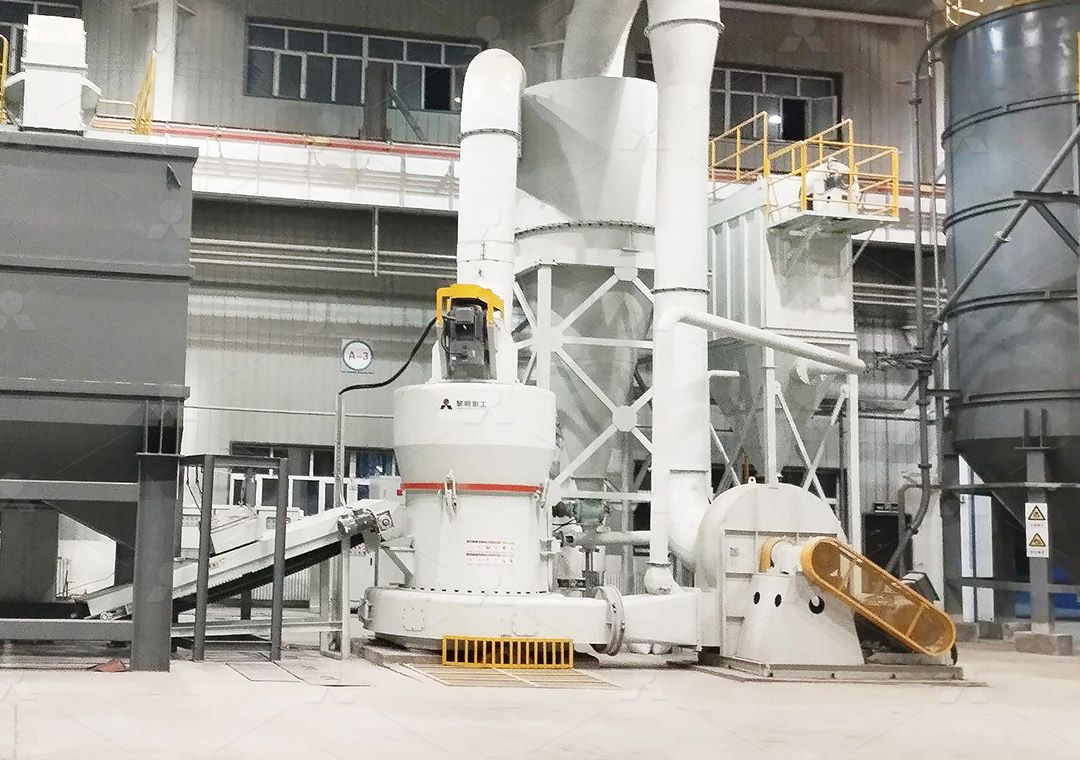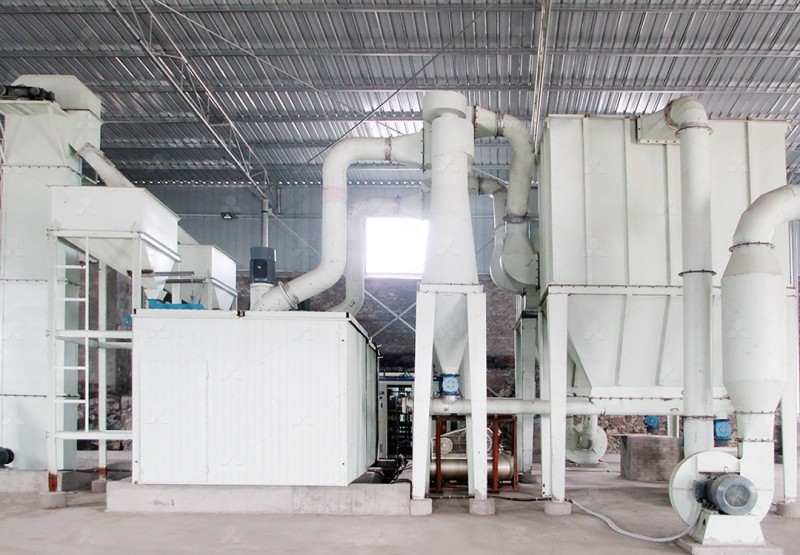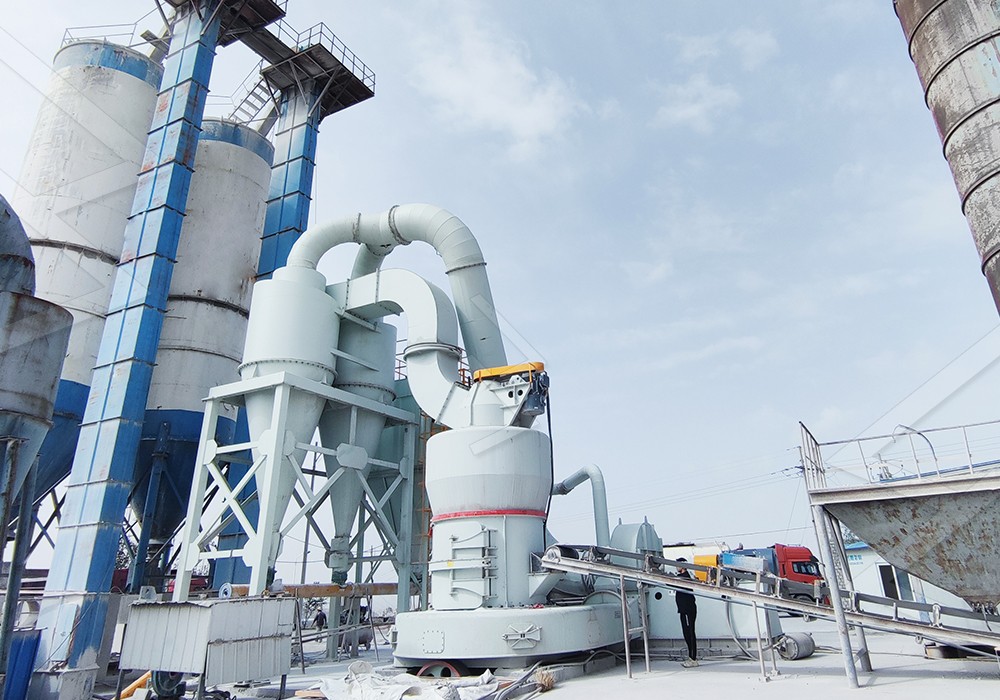How to Choose the Right Raymond Mill for Grinding Granite
How to Choose the Right Raymond Mill for Grinding Granite
Selecting the proper grinding equipment for granite processing requires careful consideration of multiple factors. Granite, being a hard and abrasive material, demands robust machinery capable of handling its unique characteristics while maintaining efficiency and product quality.
When evaluating mills for granite grinding, professionals typically consider feed size, capacity requirements, final product fineness, energy consumption, and operational costs. The hardness of granite (typically 6-7 on the Mohs scale) means wear resistance becomes a critical factor in equipment selection.
Key Considerations for Granite Grinding
Granite’s crystalline structure and mineral composition present specific challenges. The presence of quartz, feldspar, and mica creates varying hardness within the same material, requiring mills that can handle inconsistent grinding resistance. The ideal mill should provide consistent particle size distribution while minimizing wear on grinding components.
Capacity requirements vary significantly based on application. Small-scale operations might manage with 1-2 tons per hour, while industrial applications may require 20+ tons per hour. Understanding your production needs from the outset prevents both under-investment in inadequate equipment and over-investment in unnecessarily large machinery.

Advanced Solutions for Superior Results
For operations requiring ultra-fine granite powder with exceptional consistency, the MW Ultrafine Grinding Mill represents a technological leap forward. This advanced system handles input sizes up to 20mm with capacities ranging from 0.5 to 25 tons per hour, making it suitable for various production scales.
The MW series stands out particularly for granite processing due to its innovative design that eliminates rolling bearings and screws in the grinding chamber. This feature significantly reduces maintenance concerns related to bearing damage or loose fasteners – common issues when processing abrasive materials like granite. The external lubrication system enables continuous 24-hour operation without shutdowns for maintenance.
What makes the MW Ultrafine Grinding Mill particularly effective for granite is its adjustable fineness range between 325-2500 meshes. The German-engineered cage-type powder selector ensures precise separation, achieving screening rates of d97≤5μm in a single pass. For granite applications requiring consistent ultra-fine powder, this precision translates to superior product quality with minimal waste.

Environmental and Operational Advantages
Modern grinding operations must balance productivity with environmental responsibility. The integrated pulse dust collector in the MW series effectively contains granite dust during operation, while the muffler and noise elimination features maintain workplace comfort. These environmental controls ensure compliance with international standards while protecting both workers and equipment.
Operational efficiency extends beyond mere production numbers. The MW Ultrafine Grinding Mill demonstrates 40% higher production capacity compared to jet mills and double the output of ball mills at equivalent fineness levels. Meanwhile, system energy consumption remains approximately 30% of jet mill requirements – a significant consideration given granite’s inherent grinding resistance.
Alternative Solutions for Specific Needs
For operations with different requirements, the LUM Ultrafine Vertical Grinding Mill offers another sophisticated option. With its unique roller shell and lining plate grinding curve specifically designed to handle hard materials, the LUM mill generates stable material layers that ensure consistent grinding performance. Its input size of 0-10mm and capacity of 5-18 tph makes it ideal for medium-scale granite processing operations.
The LUM’s reversible structure deserves particular mention for granite applications. This design allows easy access to grinding components for maintenance and replacement – a valuable feature given the accelerated wear when processing abrasive materials. The electronic and mechanical limiting technologies prevent destructive impacts during operation, ensuring stability even with variable granite feed.

Making the Final Decision
Choosing between these advanced options depends on your specific operational parameters. Consider your target production volume, required product fineness, available facility space, and maintenance capabilities. Both the MW and LUM series represent the current pinnacle of grinding technology, but their optimal applications differ based on these practical considerations.
Ultimately, successful granite grinding operations combine the right equipment with proper operational practices. Regular maintenance, appropriate feed rates, and monitoring of wear components ensure long-term performance regardless of which advanced mill you select.
Frequently Asked Questions
What is the maximum feed size for granite in the MW Ultrafine Grinding Mill?
The MW Ultrafine Grinding Mill accepts granite input sizes up to 20mm, though optimal performance typically occurs with material pre-crushed to 10-15mm.
How does the MW mill handle the abrasive nature of granite?
The absence of rolling bearings and screws in the grinding chamber eliminates common failure points. The wear-resistant materials in critical components are specifically selected to withstand granite’s abrasiveness.
Can these mills produce different fineness levels for various granite applications?
Yes, the MW series offers adjustable fineness between 325-2500 meshes, while the LUM provides similar flexibility, allowing production of everything from coarse aggregates to ultra-fine powders for specialized applications.
What maintenance considerations are unique to granite grinding?
Granite accelerates wear on grinding components, so regular inspection of rollers and rings is essential. Both recommended mills feature designs that facilitate quick component replacement to minimize downtime.
How do these mills compare energy-wise for granite processing?
The MW Ultrafine Grinding Mill consumes approximately 30% of the energy required by jet mills for equivalent granite grinding tasks, while delivering 40% higher production capacity.
